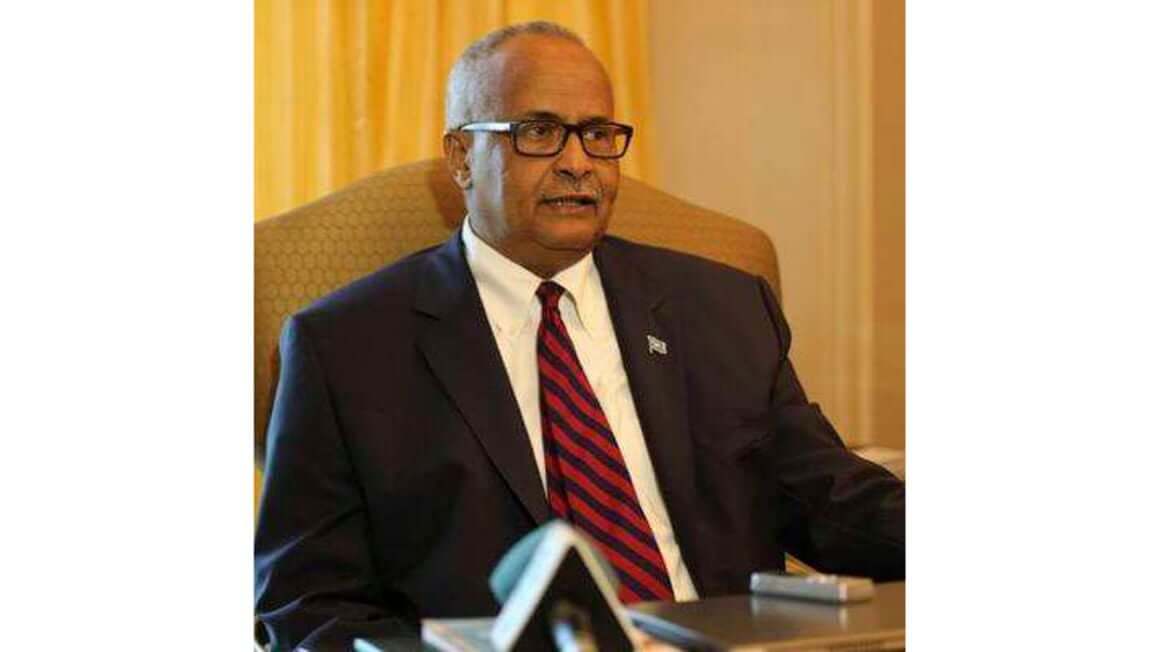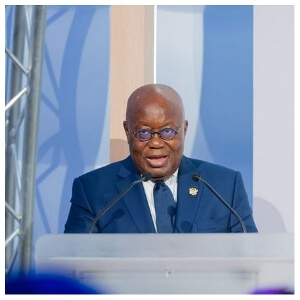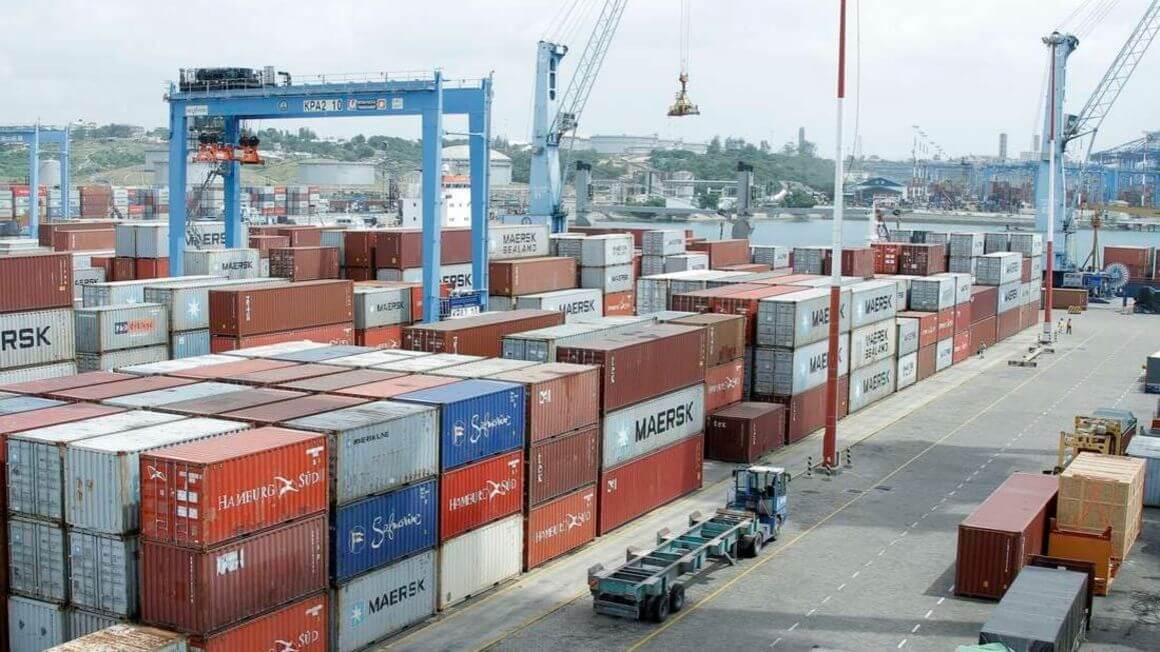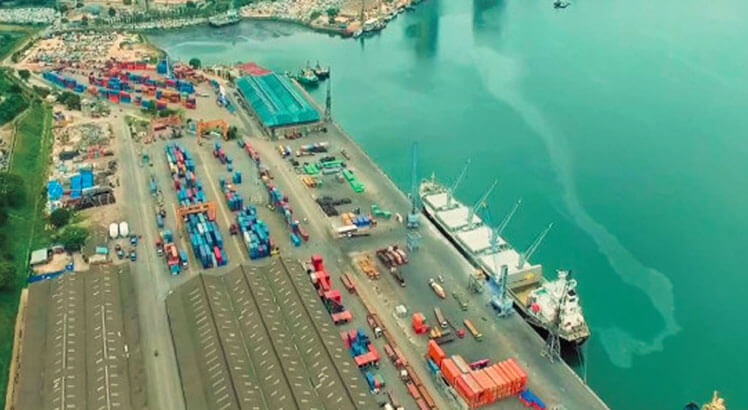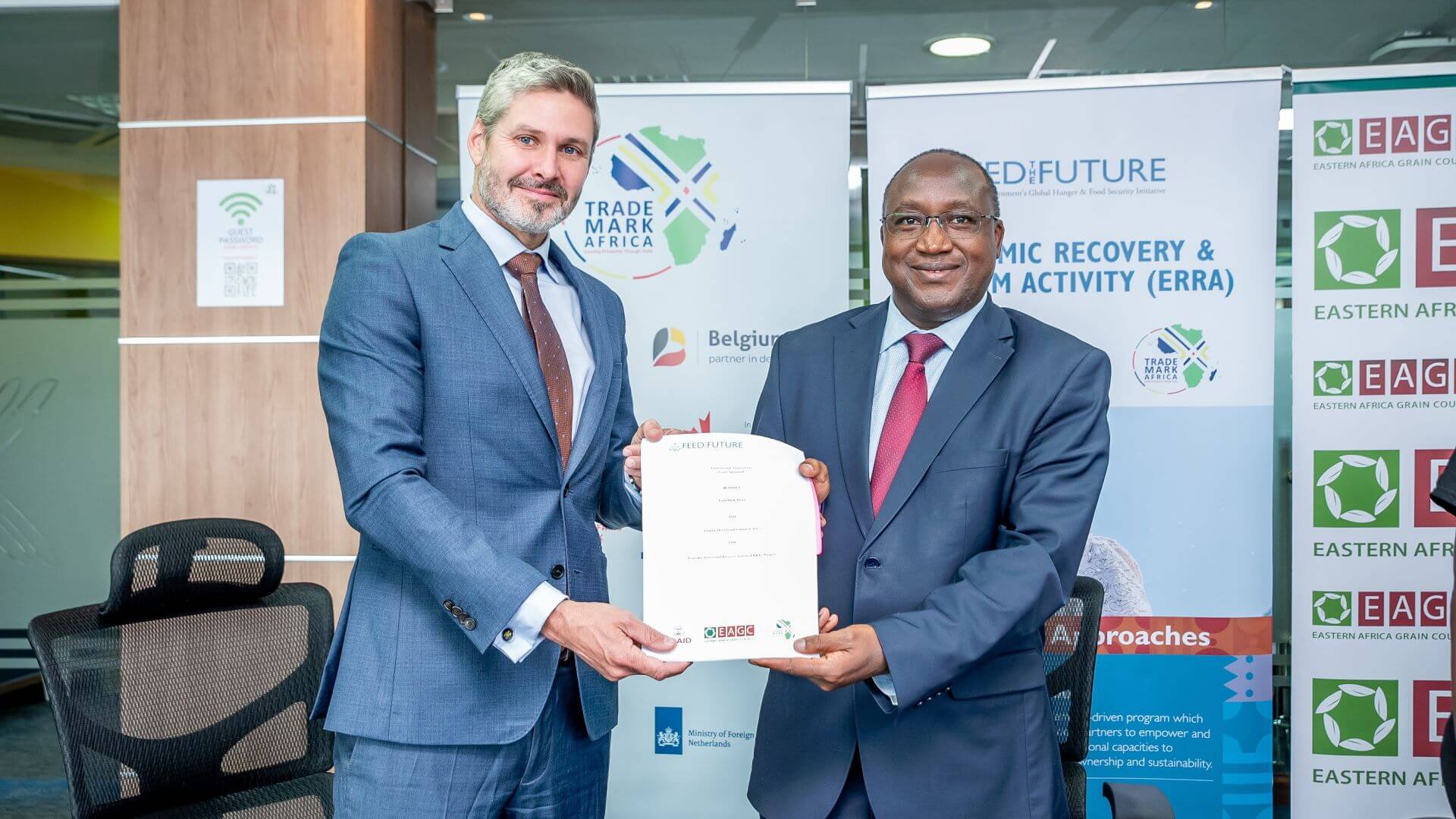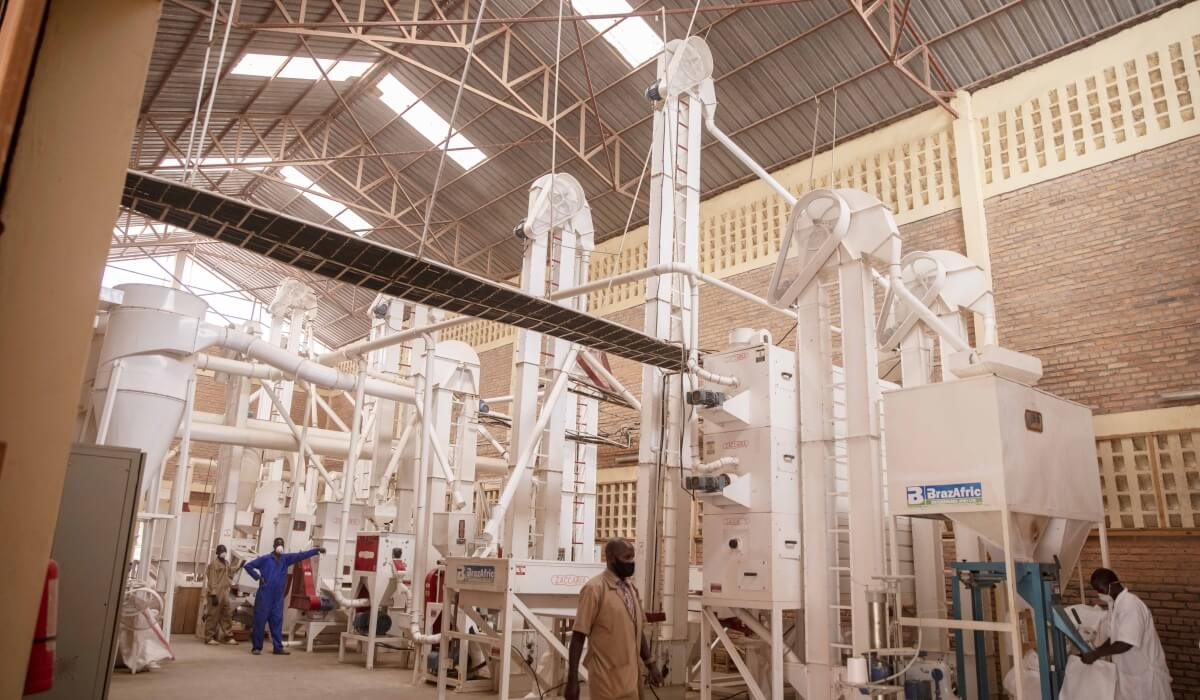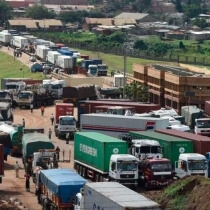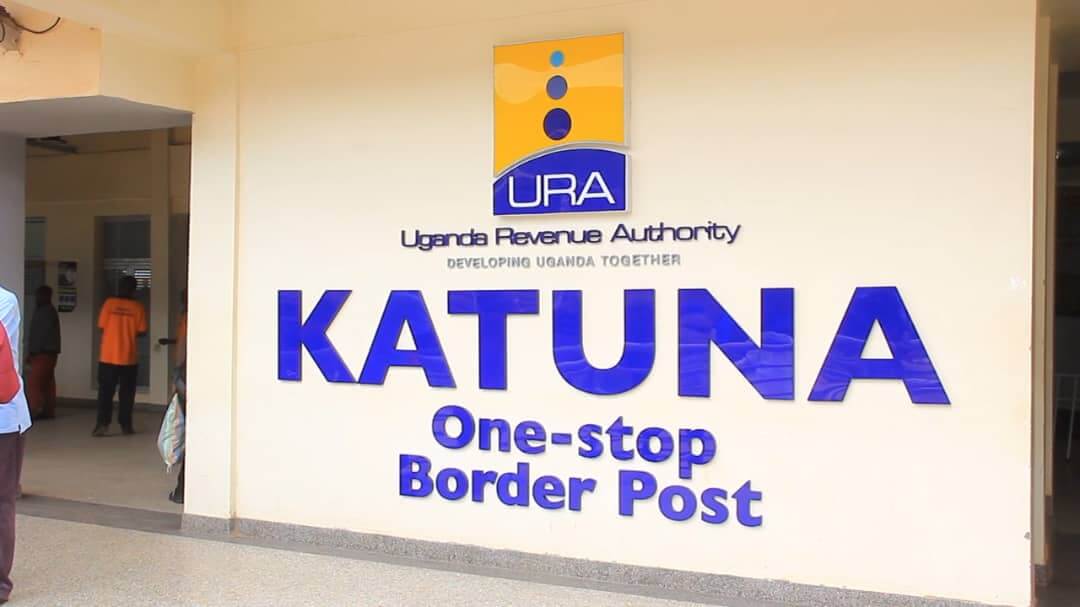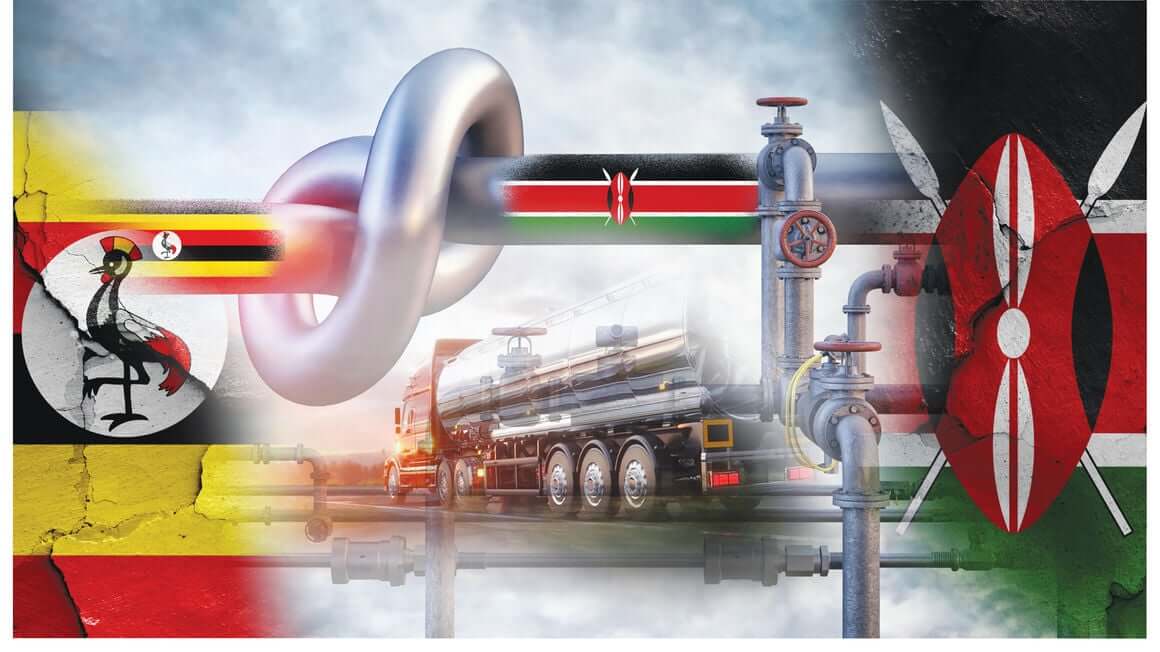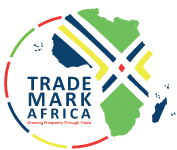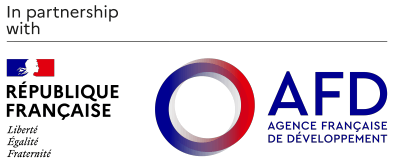Since 1960s, when Kenya, Uganda and Tanzania formed the East African Community (EAC), Somalia always wanted to be part of the bloc. And so, it was the realisation of a decades-long dream for Mogadishu when it acceded to the bloc late last year, says Somalia's Special Presidential Envoy to the EAC Dr Abdusalam Omer. From the start of his term in office, President Hassan Sheikh Mohamud’s agenda was to join the EAC. In his current tenure, he renewed determination to surmount the internal obstacles that stood in the way of their integration into the Community. “For President Mohamud, the EAC mission has become deeply personal. It represents a commitment to ensure that Somalia, despite its internal challenges, does not lag in the collective progress of the region,” Dr Omer said. “People say Somalia has been rejected many times. There’s really never been a rejection. It was just not the right time. It falls on the internal problems and internal dynamics of Somalia,” he said. He said Somalis are already actively involved in business and investment across East Africa, reflecting a broader commitment to fostering economic ties, cultural exchanges, and collaboration in various sectors. “They are everywhere. They work in villages, they work in amazing cities, they work in and invest in different neighbourhoods in Mombasa, Nairobi, Kisumu, Dar es Salaam, Juba and Kampala, so I think it's a good thing.” Somalia boasts the longest coastline in Africa, spanning 3,300 kilometres along the Gulf of Aden to the north and the Indian Ocean...
Somalia: We are ready to do business with East Africans
Posted on: January 26, 2024
Posted on: January 26, 2024

